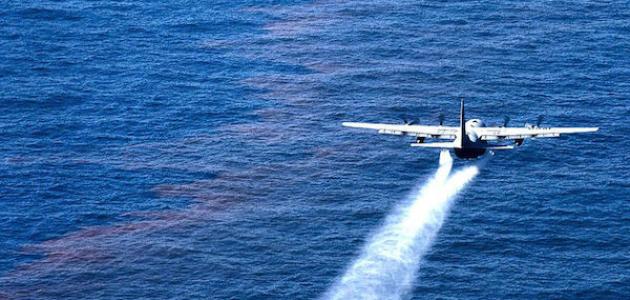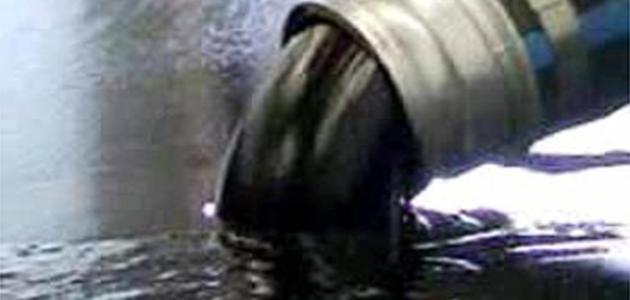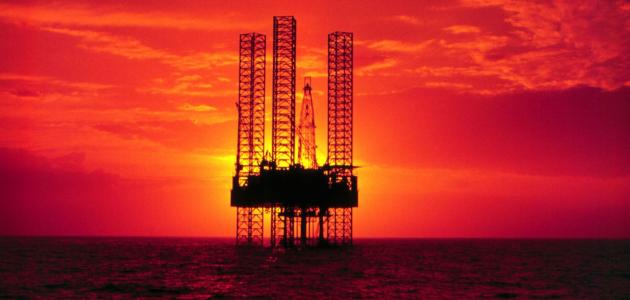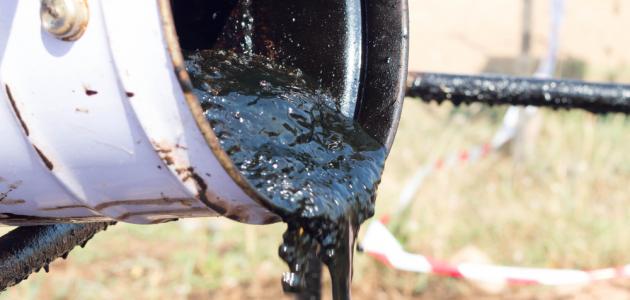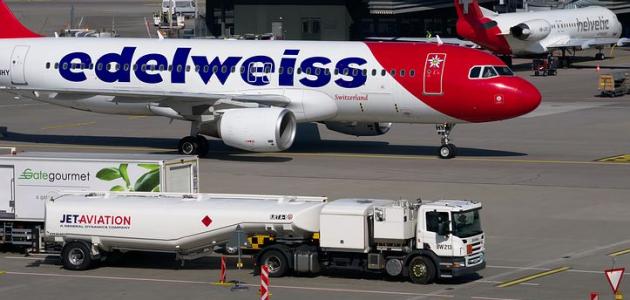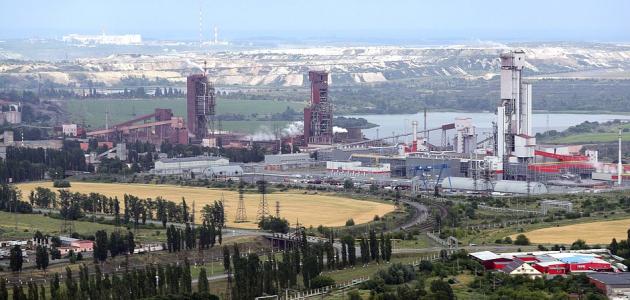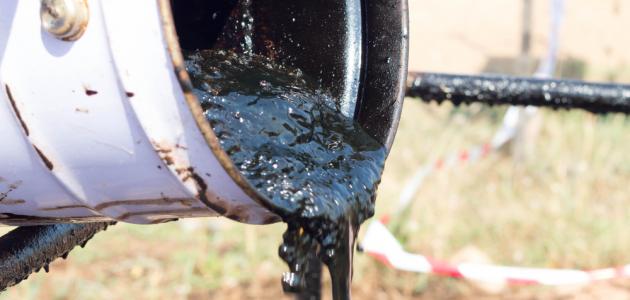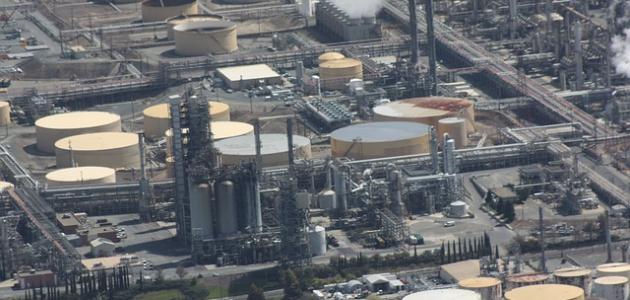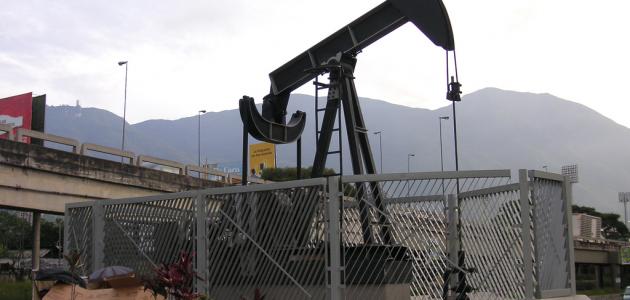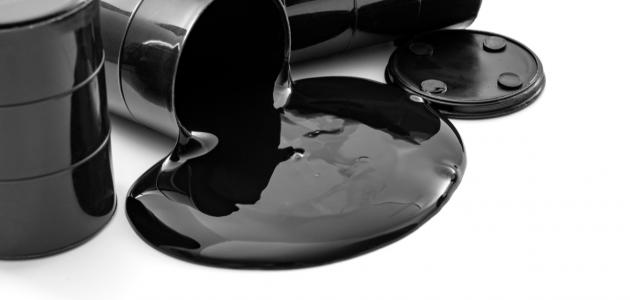Definition of oil
Oil (in English: Crude oil): It is a complex mixture of organic molecules called hydrocarbons, which consist mainly of the elements carbon (symbol: C) and hydrogen (symbol: H), and the organic molecules that make up oil are produced by marine life. Dead bodies, the remains of living organisms that lived and were buried millions of years ago. Over time, these remains were exposed to pressure and heat factors that differ from one depth to another. To be transformed into other materials, such as oil and petroleum.
The type of organic remains, sediments, and environmental factors surrounding the area affect the components of crude oil, as it may contain a large amount of natural gas, and groundwater leakage into the oil well may occur. Which leads to its mixing with crude oil and gas, and leads to a change in its basic components. In fact, oil cannot be used directly after its extraction and without processing it. Therefore, each element and component of the oil is separated separately, as the company responsible for the extraction process sends the pure crude oil. To preserve and store it at pressure levels equivalent to atmospheric pressure, the oil is transported from production sites to the stations responsible for filtering and processing, through pipelines, fuel trucks, and railway cars. As for the process of transporting petroleum products abroad and to surrounding countries, it is done by ships. Tanker.
Methods of treating oil spills
Oil spills lead to environmental pollution in marine waters and the surrounding environment. Therefore, the need arose to search for advanced methods that would treat and reduce the danger of these pollutants. We mention in the following the most important of these methods:
Read also:Petroleum transportation- Use of microbes and bacteria: Many microscopic and microorganisms live, most of which are bacteria, in various aquatic environments. When an oil spill occurs in a spot, some types of bacteria and microorganisms may be subject to a growth defect, while others are not affected by this deposition. As for the third type of Bacteria are the ones that reproduce and grow fastest in the oil spill environment. This type of bacteria contributes greatly to reducing the impact of the oil spill through what is known as bioremediation, as it is able to consume or transform environmental pollutants into harmless by-products, as they consume some materials. Ordinary bacteria, such as: sugars, fats, and proteins, in addition to organic solvents, pesticides, metals, and petroleum compounds. These bacteria also contain genes that make proteins, through which the long hydrocarbons that make up petroleum materials can be cut into small pieces and converted into elements. Useful, such as: carbon dioxide and water, and despite the importance of bacteria in treating oil spills, they are ineffective in the short term, as they may take a long time (from weeks to months); To get rid of traces of oil, these bacteria may also suffer from a lack of key nutrients that contribute to their growth, such as: nitrogen, phosphorus, and oxygen. Therefore, the competent authorities add additional nutrients to the aquatic environment. To improve biological treatment, which is known as the (biostimulation) process.
- Use of floating arms: Oil spills have increased dramatically in the last decades of the twentieth century. Therefore, the need arose to search for modern technologies that would reduce the impact of these leaks, help economic activity continue without harm, and restore the natural life of the marine environment. What is known as floating arms have been invented, which are placed at the location of the oil spill, or at the entrances to canals and ports. The importance of this technology lies in limiting the spread of the oil slick over the surface of the sea, and preventing its leakage into nearby basins and water channels.
- Skimming method using crane arms: This method is considered one of the most effective methods in calm waters. It separates petroleum materials and oil from water, and places these materials in special collection tanks. To be reprocessed.
- Use of different absorbent materials: Which helps absorb oil from water. Examples of these materials include: straw, volcanic ash, and plastic shavings derived from plastic. This method is done by spreading one of these materials at the site of the oil spill. To accelerate their natural dispersion into the sea.
- Manual methods: Sometimes oil spills reach sandy beaches and closed rocky beaches, and it is difficult to treat this leak using previous methods and techniques. Therefore, a number of workers are used who use hand tools or heavy equipment. To get rid of oil pollutants and keep them away from the beach.
Oil spill and its causes
Oil spill: It is the occurrence of spills of quantities of oil in aquatic environments, and this phenomenon represents one of the biggest problems facing the sea and ocean environment. Due to the increase in oil extraction and production, and the use of giant tankers, thousands of cases of oil spills resulting from transportation and production operations occur annually, in addition to cases of natural leaks on the ocean floor. Oil seeps into the surrounding environments in various forms, the most important of which are mentioned below:
Read also:The largest oil producing country- Oil tanker accidents that occur due to overloading; Which leads to a malfunction in the tanker system, such as explosion and combustion. Because of walking into the shallow water area.
- Accidents at offshore oil platforms and wells resulting from unloading and loading oil on private platforms, and the leakage of oil into surrounding areas directly or indirectly.
- Oil spills that occur when cleaning oil tankers deep in the sea, or near the shore.
- Oil leak; Due to a defect in land or sea transportation pipelines.
- Oil leakage from oil refinery platforms, stations, and refueling stations.
